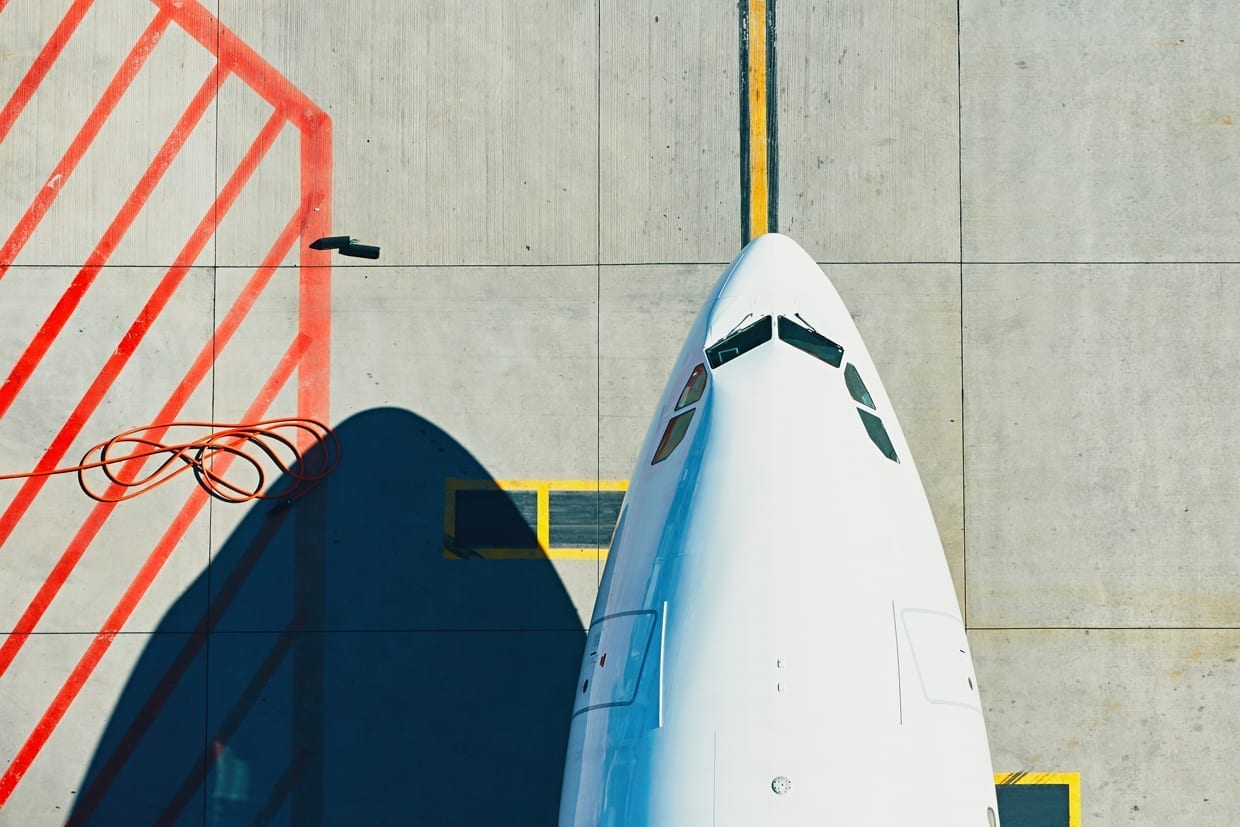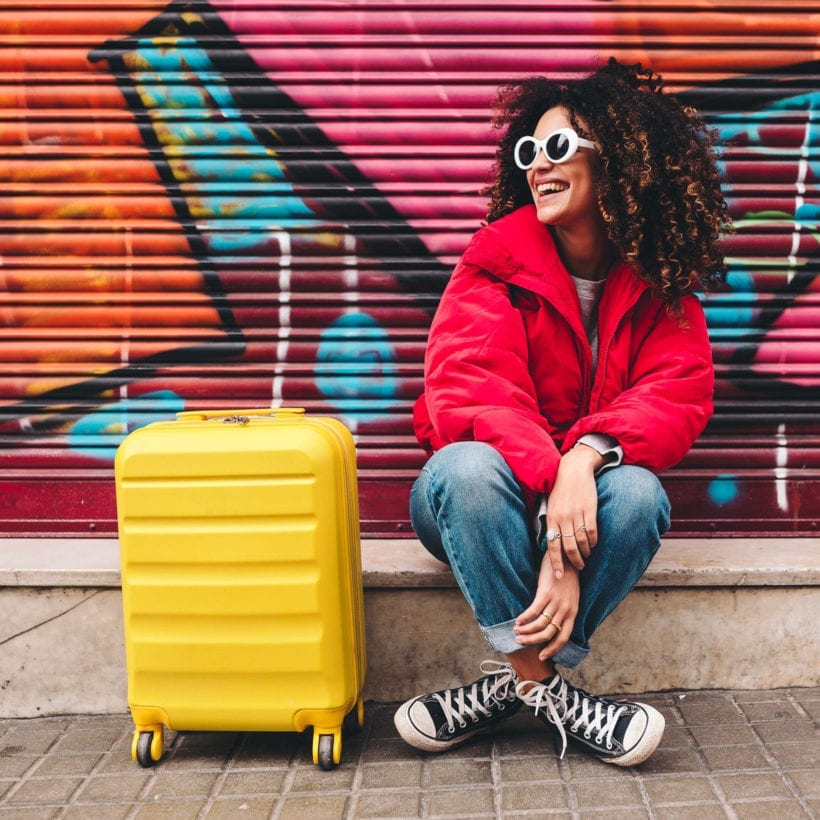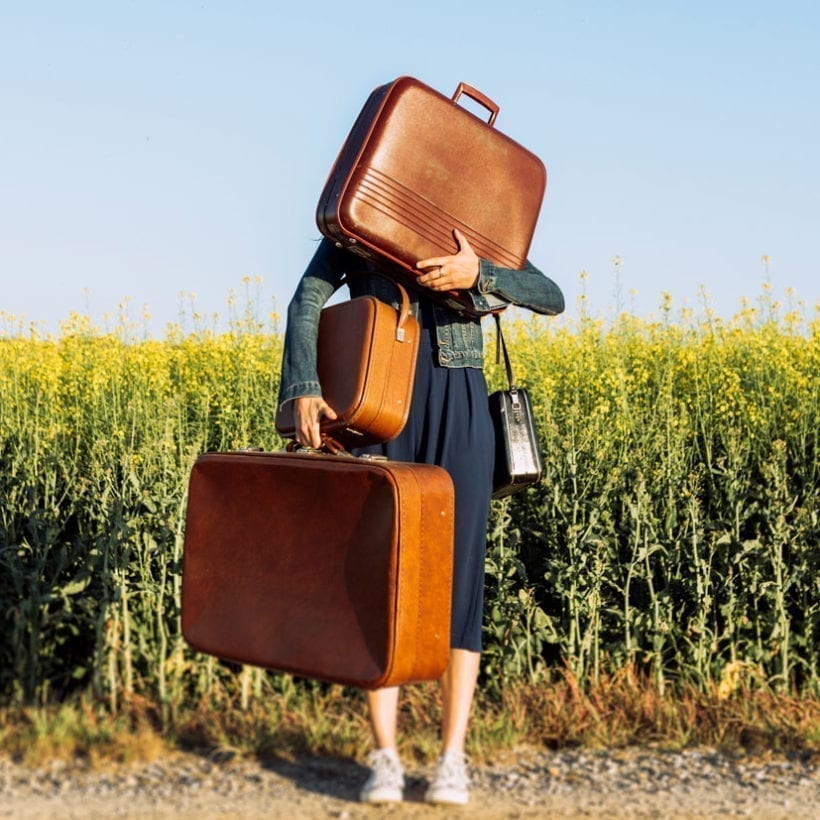Flying to your family for Thanksgiving and the December holidays is common and while you might not give a second thought to flying, your immune system could be compromised miles high in the air. The Centers for Disease Control and Prevention takes swabs from airports to develop the flu vaccine since it is a hot spot for various bacteria and disease. Airplanes are not exactly clean either since naturopathic physician Drew Sinatra explains most airlines allow for little clean-up time between flights. “The airline staff will pick up trash and possibly wipe down the seats, but that is about it. Generally, planes are only properly cleaned every one to three months. Frequency and thoroughness of cleaning are not regulated by the Federal Aviation Administration, so it is up to each airline,” he explains.
To try to keep yourself as healthy as possible while jet-setting, doctors reveal the germiest spots on an airplane:
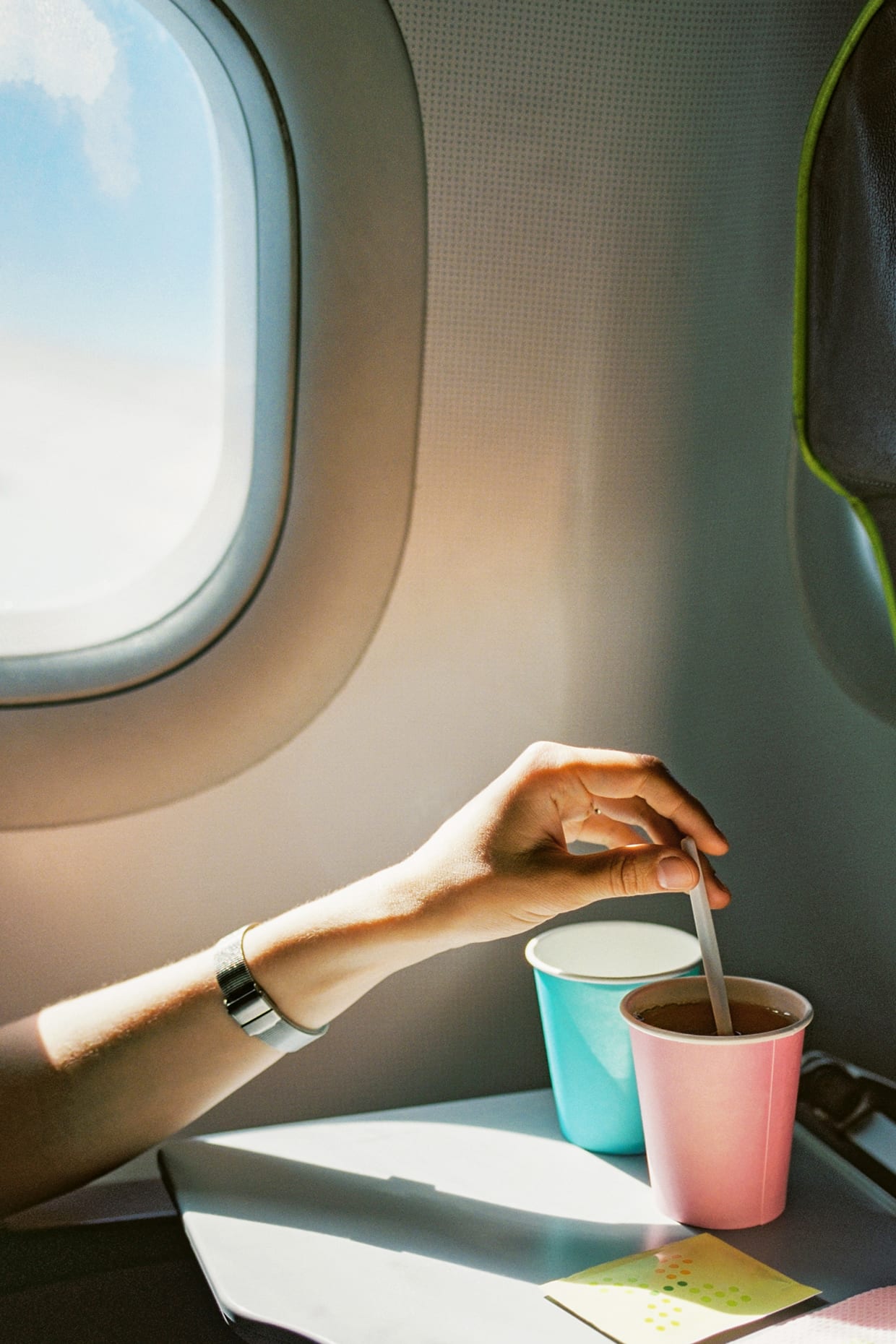
Tray Tables
Regardless if you are in the aisle, middle or window, all seats have tray tables for laptops, meals and napping. Internal medicine doctor Cara Pensabene says they are germ-filled. She notes tray tables usually have colony-forming units, which is a system used by health scientists to determine bacteria populations. To put it into perspective, Sinatra shares the tray has 2,155 bacteria-forming-units per square inch, while a lavatory flush button only has 265 per square inch.
If you think about how many people cough or sneeze and wipe on the table or use the bathroom without washing their hands, the tray tables aren’t a place you want to touch without sanitizing first. Pensabene advises packing antibacterial wipes to give a tray table a quick touch-up and washing your hands after you use them. She also urges folks to only use them when necessary for work or eating, and otherwise, keep them in the upright position.
Overhead Air Vent Nozzles
When you reach up, you are exposing yourself to a mighty amount of germs, according to Sinatra. How come? Most folks touch it — and it doesn’t get a lot of sanitary TLC. “I would avoid using it altogether since high altitudes during flight can cause moisture in your body to evaporate and the air ventilation can make this dryness worse, especially in your eyes, nose and throat. This double whammy of dehydration can cause irritation and inflammation, making you vulnerable to viruses,” he explains.
Generally, planes are only properly cleaned every one to three months.
So what if it is already on? He suggests using a tissue to turn it off and then washing your hands afterward. If you tend to run hot, consider bringing a fan with you on flights so you can regulate your temperature.
Seat Pockets
Do you tuck your e-reader, phone or headphones into the seat pocket for safekeeping while flying? Have you ever dug to the very bottom? If so, you would probably discover some trash, perhaps a few crumbs, used tissues and more not-so-appealing things. As Pensabene explains, this part of the plane is not cleaned as thoroughly when airline staff is strapped for time. And the fact that the seat pocket is always made of soft fabric — like leather or padded foam — also makes it difficult to sanitize as thoroughly as you can a hard surface. “Stay away from the pocket,” she warns. “Use your carry-on bag or coat pocket to store items you might want to access during the flight, instead.”
Seatbelt Buckles
It is an important safety measure — especially since takeoff and landing are the most dangerous parts of a flight. However, Sinatra says it is also grimy since everyone who boards a flight touches it. “For safety reasons, there is no avoiding your seatbelt buckle. All you can do is wipe it down with a wet wipe and clean your hands to avoid germs as much as possible,” he explains.
Headrests
Pensabene says though comfortable, these spots are not good news for your health. “Most people won’t snuggle their head and faces into the chair, but even resting your head against the dirty seat can risk illness,” she explains. To avoid this, consider packing your own travel pillow that you can use and wash frequently. Or, if you don’t want the extra accessory to pack, purchase a pack of disposable covers to put on the seat and remove when you deplane.
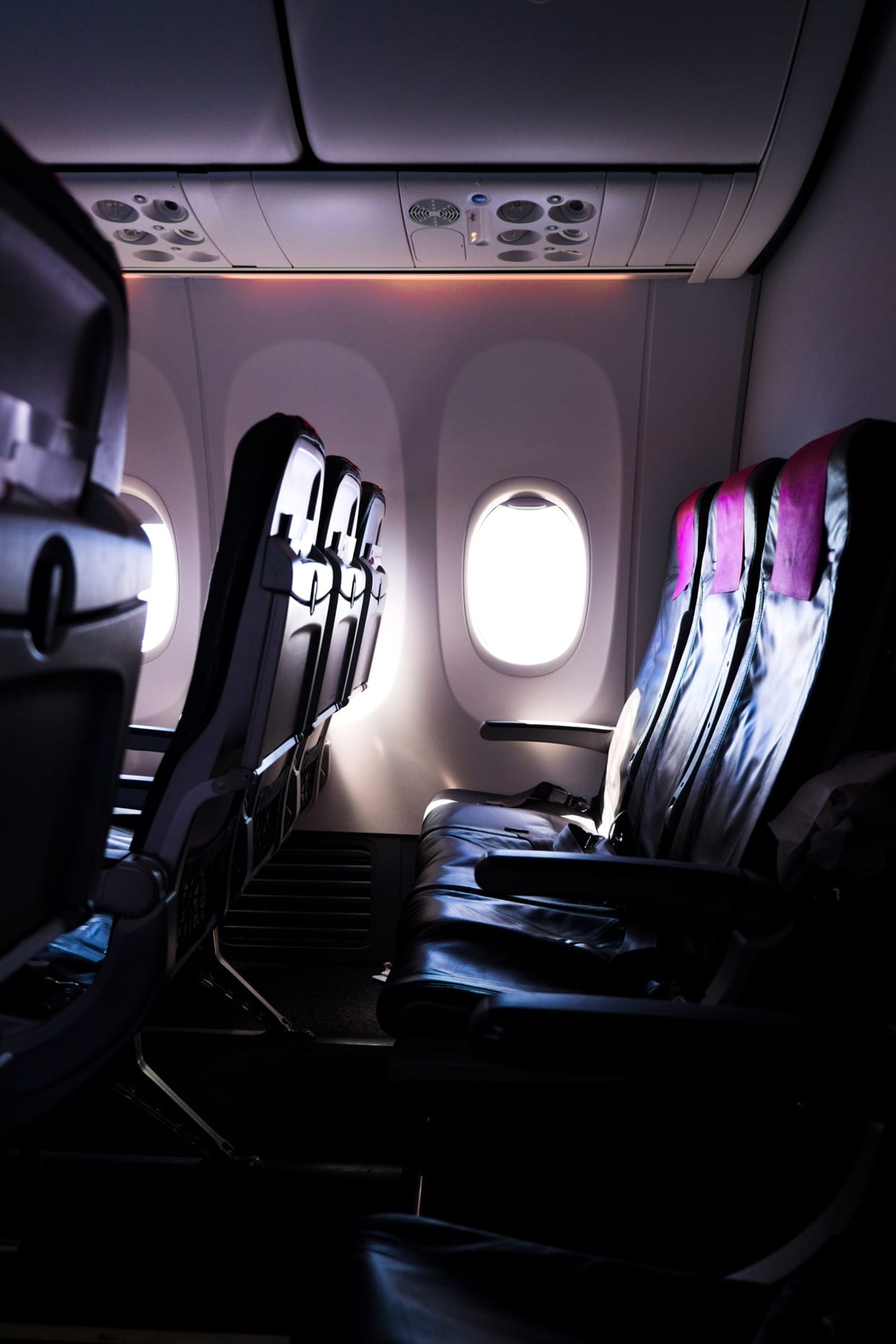
Air Itself
When you are stuck in an airplane for a few hours, you are sharing oxygen with everyone else who is on the flight. The air recirculates and picks up any bacteria from passengers. And since you can’t always control who you sit next to or how well they feel when they board, you are exposing yourself to possible colds. “Since the interior of an airplane is pressurized and sealed shut, germs thrive while you are settling into cruising altitude and small cabin air space per passenger is also a culprit,” Pensabene explains.
So no, you can’t hold your breath for an extended period of time, but you can keep yourself armed by loading up on vitamins before and after your flight. Consider taking a high dose of vitamin C and trying your best to keep your hands and face away from the germy areas of a flight. You still might end up with a cough or cold, but chances are lighter if you take measures to protect your health.
We only recommend products we have independently researched, tested, and loved. If you purchase a product found through our links, Sunday Edit may earn an affiliate commission.
